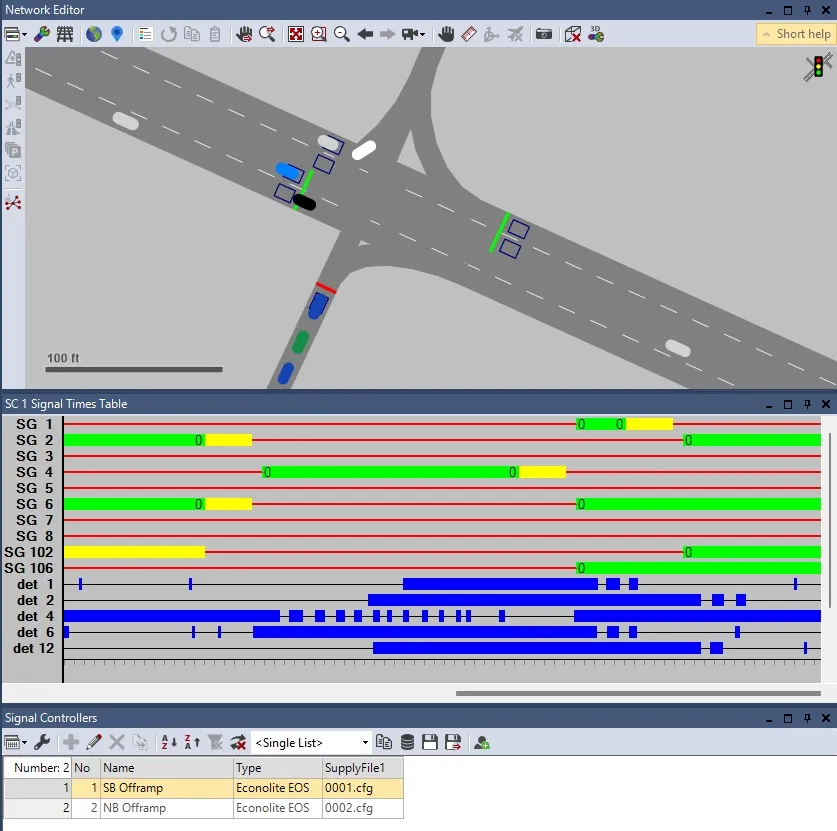
Parts of the ITS industry have been vocal – particularly on social media - in support of June’s Pride month, the annual celebration of LGBTQ+ life and communities.
Many big-name companies have changed their logos to rainbow colours, or put out supportive posts on LinkedIn, Twitter, Facebook, Instagram and other platforms with hashtags including #ridewithpride.
For example, Cubic Transportation Systems said: “We are proud to foster an inclusive and diverse environment for all. This month, we honour and support the LGBTQ+ community, promoting equality and acceptance. Together, let's create a world where everyone can ride with pride!”
Conduent posted: “We firmly believe an equitable and inclusive workplace - where everyone, regardless of their differences, has an opportunity to thrive and contribute their strengths - is critical to our success.”
Authentic selves
American Public Transportation Association said it supported “the freedom for everyone to be their authentic selves” and a variety of transit agencies have special Pride-liveried trains and buses, including New York City’s Metropolitan Transportation Authority, which featured rainbow hearts on trains and Pride MetroCards at some vending machines.
“The MTA is committed to delivering the message of equality and love in celebration of LGBTQ+ Pride Month to riders and we’re proud to make that heard loud and clear across the metropolitan area,” said MTA acting chief customer officer Shanifah Rieara.
The month is not without controversy, however, with some commentators seeing Pride as politicking or propaganda; in short, not something that companies and organisations should be promoting. As a result, some corporates in the US – Major League Baseball, retailer Target, Nascar and even the US Navy - have experienced some pushback.
When Tier Mobility publicised e-scooters and e-bikes decorated with the rainbow in various European locations, one comment asked why the Pride-themed bikes were not available in Middle Eastern countries. “While we can fly the Pride flag in most countries in Europe, we respect that this is not legal in other countries,” came the measured response.
Public stance
Wayne Ting, CEO of micromobility group Lime was clear about his company’s reasons for being involved. “The backlash this year against companies taking a stand for LGBTQ+ causes is more reason why we at Lime felt the urgency to take a public stance for trans rights and the rights of all LGBTQ+ people,” he posted. “I’m proud to be an openly gay CEO. And more importantly, I’m proud that standing up for equality and justice is core to our mission.”
Other senior ITS figures have also made personal statements about Pride. In a post beginning “Move as you are”, Christian Haas, CEO of PTV Group, wrote: “At PTV and Umovity, our success depends on the talents of employees from countless backgrounds. Diversity enriches our company every day and has therefore always been an integral part of our corporate culture. Therefore, it holds immense significance for us to foster an inclusive workplace across all our global offices, where every individual can feel they belong.” He thanked his team for organising PTV’s first participation and sponsorship in the company’s local Pride festival in Karlsruhe, Germany.
Better ideas
Eyal Cohen, director of global business development at Optibus, said in an online interview: “I don’t think any employee can reach their personal peak if they’re not comfortable in their own skin. By creating an LGBTQ+-friendly workplace, companies can reduce stress and improve the health of LGBTQ+ employees, increase job satisfaction and create more positive relationships with co-workers and supervisors.”
Cohen concludes that it makes business sense too: “A variety of perspectives put a variety of world views into one room, and you'll come out the other side with better ideas.”









